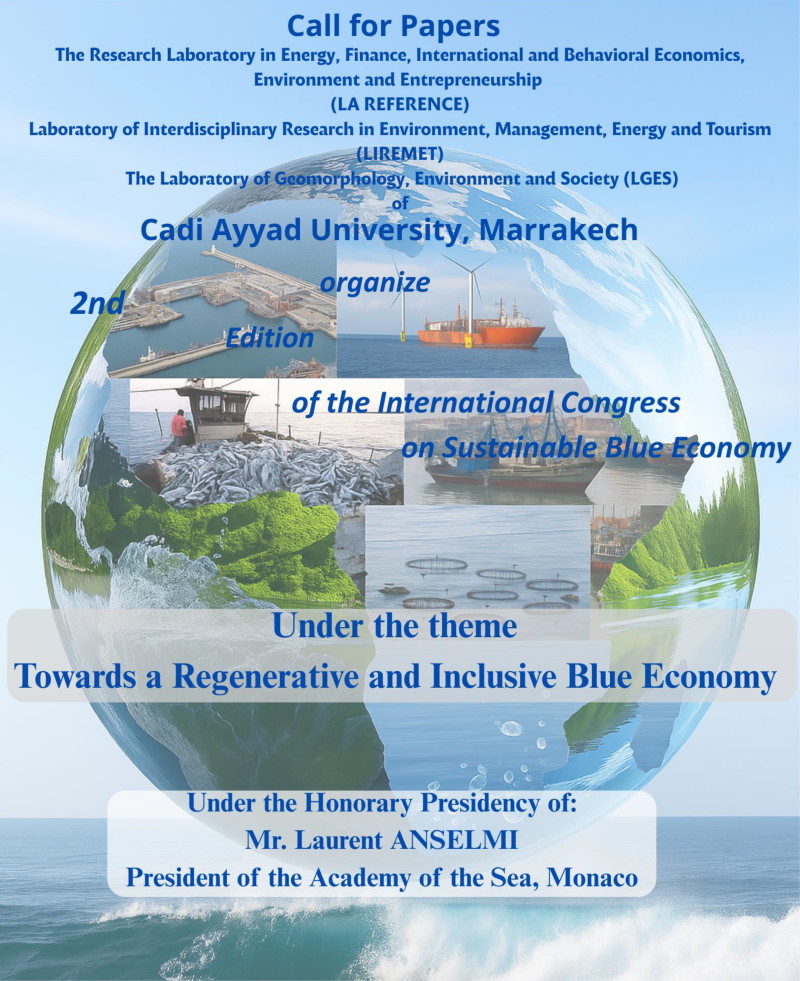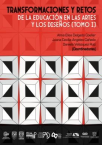Expérience directe et indirecte avec le produit d’achat
DOI:
https://doi.org/10.23882/MJ1901Palavras-chave:
expérience directe, expérience indirecte, test du produit, expérience virtuelleResumo
Cet article dresse le bilan de la recherche en psychologie du consommateur sur les processus et les conséquences cognitives, affectives et conatives de l’expérience directe vs. indirecte avec le produit. Sont considérés les modélisations de l’expérience directe et indirecte, leur interaction ainsi que les nouvelles perspectives de recherche.
Referências
Biocca, F. (1997). The cyborg's dilemma: Progressive embodiment in virtual environments. Journal of Computer-Mediated Communication, 3(2). https://doi.org/10.1111/j.1083-6101.1997.tb00070.x
Braun, K. A. (1999). Postexperience advertising effects on consumer memory. Journal of Consumer Research, 25, 319-334.
Braun, K. A., Ellis, R., & Loftus, E. F. (2002). Make my memory: how advertising can change our memories of the past. Psychology & Marketing, 19, 1–23.
Deighton, J., & Schindler, R. M. (1988). Can advertising influence experience? Psychology & Marketing, 5, 103-15.
Deigthon, J. (1984). The interaction of advertising and evidence. Journal of Consumer Research, 11, 763-770.
Fazio, R. H., (1990). Multiple process by which attitudes guide behavior: the MODE model as an integrative framework. Advances in Experimental Social Psychology, 23, 74-97.
Fazio, R. H., & Zanna, M. P. (1981). Direct experience and attitude-behavior consistency. Advances in Experimental Social Psychology, 14, 161-202.
Fishbein, M., & Ajzen, I. (1975). Belief, attitude, intention, and behavior: An introduction to theory and research. Reading, MA: Addison-Wesley.
Giger, J-C. (2005). Le concept d’attitude: Changement et consistance. In N. Dubois (Ed.), Psychologie sociale de la cognition. Dunod.
Griffith, A., & Chen, Q. (2004). The influence of virtual direct experience (vde) on on-line ad message effectiveness. Journal of Advertising, 3 (1), 55-68.
Ha, Y. W., & Hoch. S. J. (1989). Ambiguity, processing strategy, and advertising-evidence interactions. Journal of Consumer Research, 16, 354-360.
Hamilton, R. W., & Thompson, D. V. (2007). Is There a Substitute for Direct Experience? Comparing Consumers’ Preferences after Direct and Indirect Product Experiences. Journal of Consumer Research, 34, 546-555.
Hoch, S. J. &, Deighton, J. (1989). Managing what consumers learn from experience. Journal of Marketing, 53, 1-20.,
Hoch. S. &, Ha, Y. W. (1986). Consumer learning: advertising and the ambiguity of product experience, Journal of Consumer Research, 13, 221-33.
Huang, Y. C., Backman, K. F., Backman, S. J., & Chang, L. L. ( 2016). Exploring the Implications of Virtual Reality Technology in Tourism Marketing: An Integrated Research Framework. International Journal of Tourism Research, 18, 116– 128. https://doi.org/10.1002/jtr.2038
Kempf D. S. &, Laczniak, R. N. (2001). Advertising's influence on subsequent product trial processing, Journal of Advertising, 3, 27-38.
Kempf, D. S &, Smith, R. E. (1998). Consumer processing of product trial and the influence of prior advertising: a structural modeling approach, Journal of Marketing Research, 35, 325-338.
Levin, I. P. &, Gaeth, G. (1988). Framing attribute information before and after consuming the product, Journal of Consumer Research, 15, 374-378.
Li, H., Daugherty, T. &, Biocca, F. (2001). Characteristics of virtual experience in electronic commerce: a protocol analysis, Journal of Interactive Marketing, 15, 13-30.
Li, H., Daugherty, T. &, Biocca, F. (2002). Impact of 3-D advertising on product knowledge, brand attitude, and purchase intention: the mediating role of presence, Journal of Advertising, 31, 43-57.
MacKenzie, S., Lutz, R., & Belch, G. (1986). The role of attitude toward the ad as a mediator of advertising effectiveness: a test of competing explanations. Journal of Marketing Research, 23, 130-43.
Marks, L. J., & Kamins, M. A. (1988). The use of product sampling and advertising: effects of sequence of exposure and degree of advertising claim exageration on consumers' belief strength, belief confidence, and attitudes. Journal of Marketing Research, 25, 266-81.
McClure, S. M., Li, J., Tomlin, D., Cypert, K. S., Montague, L. M., & Montague P. R. (2004). Neural correlates of behavioral preference for culturally familiar drinks. Neuron, 44, 379–387.
Milgram, P., & Kishino, F. (1994). A taxonomy of mixed reality visual displays. IEICE Transactions on Information and Systems, 77(12), 1321–1329.
Mooy, S. C., & Robben H. S. J. (1998), How consumers learn from and about products: the impact of direct experience. Advances in Consumer Research, 25, 318-323.
Olson, J. C., & Dover, P. A. (1979). Disconfirmation of consumer expectations through product trial. Journal of Applied Psychology, 64, 179-89.
Regan, D. T., & Fazio, R. H. (1977), On the consistency between attitudes and behavior: look to the method of attitude formation. Journal of Experimental Social Psychology, 13, 28-45.
Smith, R. E. (1993). Integrating information from advertising and trial: processes and effects on consumer response to product information. Journal of Marketing Research, 30, 204-19.
Smith, R. E., & Swinyard, W. R. (1982). Information response models: an integrated approach. Journal of Marketing, 46, 81-93.
Smith, R. E., & Swinyard, W. R. (1983). Attitude-behavior consistency: the impact of product trial versus advertising. Journal of Marketing Research, 20, 257-67.
Smith, R. E., & Swinyard, W. R. (1988). Cognitive response to advertising and trial: belief strength. belief confidence and product curiosity. Journal of Advertising, 17, 3-14.
Steuer, J. (1992). Defining virtual reality: Dimensions determining telepresence. Journal of Communication, 42(4), 73–93.
Wright, A. A., & Lynch Jr, J. G. (1995). Communication effect of advertising versus direct experience when both search and experience attributes are present. Journal of Consumer Research, 21, 708-18.
Wu, C., & Shaffer, D. R. (1987). Susceptibility to persuasive appeals as function of source credibility and prior experience with attitude object. Journal of Personality and Social Psychology, 52, 677-688.
Yi, Y. (1993), The determinants of consumer satisfaction: the moderating role of ambiguity. In L. McAlister & M. L. Rothschild (Eds.), Advances in Consumer Research, (pp. 502-506) Provo, UT: Association for consumer research.
Downloads
Publicado
Como Citar
Edição
Secção
Licença
Direitos de Autor (c) 2019 Jean-Christophe Giger, Ana Susana Almeida

Este trabalho encontra-se publicado com a Creative Commons Atribuição-NãoComercial 4.0.









